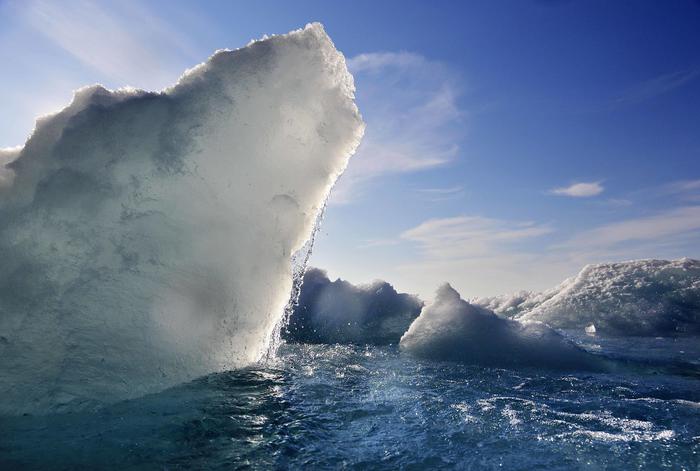The Arctic Ocean began warming as early as the early 20th century, decades earlier than previously thought. To reconstruct the last 800 years of changes in this sea that has a key function in global climate change was a research group led by the National Research Council (Cnr) and the University of Cambridge whose results have been published in the journal Science Advances.
The Arctic Ocean is the smallest of the oceans in the globe as well as the shallowest and the one that is warming more than any other: "the rate of warming is more than double the global average", said Francesco Muschitiello, of the university. of Cambridge.
It is now known, thanks above all to satellite observations, that the Arctic Ocean is transforming because its waters are not only warming up but are also increasingly salty, a phenomenon called 'atlantification'. A mechanism that feeds itself because the warming favors the melting of the ice which, once disappeared, expose the waters to the warming of the Sun's rays, then producing knock-on effects on the global climate.
Given the importance of the phenomenon, the researchers tried to reconstruct the history of these transformations, on which satellite data cover only the last few decades, and to do so they searched for the 'molecular signatures' due to the water conditions in the fossil sediments. of marine microorganisms found in the Fram Strait,between Greenland and the Svalbard Islands.
"When we examined the entire time span of 800 years, our data on temperature and salinity were rather constant - explained Tommaso Tesi, of the Institute of Polar Sciences of the Cnr - but suddenly, at the beginning of the twentieth century, we observe a marked change in temperature and salinity. "
The causes that would have anticipated this phenomenon are not yet clear, but, the researchers explain, it will be important to update this information for simulation models of global climate change.

